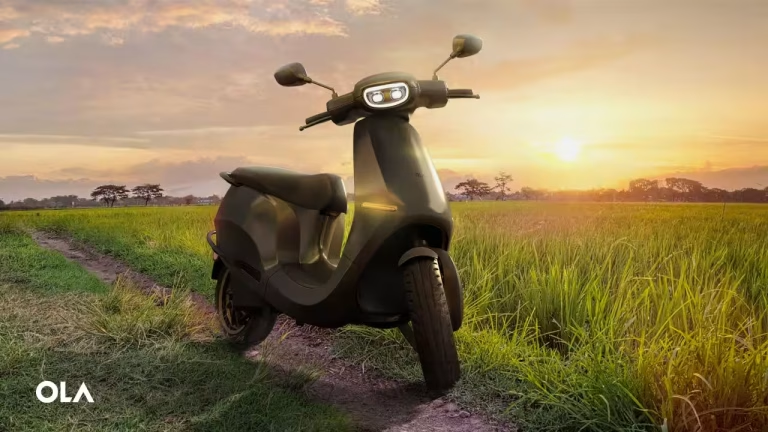When it comes to buying a new motorcycle or scooter in India, one of the key selling points manufacturers love to flaunt is the warranty. From “3 years/30,000 km standard warranty” to extended coverage plans reaching 5 or even 7 years—warranty is often presented as a stamp of confidence. But in reality, is it a genuine safety net for buyers or just a clever marketing play with fine print attached?
Let’s dig into the gamble of warranties in India’s two-wheeler space.
Warranty: The Promise and the Pitch
On paper, a warranty is a commitment—it ensures your bike is protected from manufacturing defects, faulty parts, or early system failures. It gives the buyer peace of mind. And in a country like India, where value for money is everything, that promise heavily influences purchasing decisions.
But here’s the catch: warranty coverage is rarely as straightforward as it seems.
The Real-World Scenario
Ask any experienced rider, and they’ll tell you this: most warranty claims are subject to conditions that are often buried in the paperwork. Things like:
-
Regular servicing at authorized centers only
-
No aftermarket accessories or modifications
-
Strict adherence to service intervals (even if it’s a week late, it’s trouble)
-
Partial exclusions on high-wear parts like clutches, brake pads, and electricals
This creates a gray area, where the customer assumes coverage but often ends up fighting for eligibility.
The Extended Warranty Trap
Many brands now upsell extended warranties—an additional 2–3 years of peace of mind, at a price. But the utility of this extension is debatable:
-
By the time extended warranty kicks in, most early manufacturing defects have already shown up
-
Some parts covered under the base warranty are excluded in the extended one
-
Many riders switch bikes every 3–5 years, never really using the full extended period
So, is it protection—or just a psychological assurance?
Where the Industry Needs to Evolve
If Indian two-wheeler brands really want to build trust, they need to:
-
Simplify warranty terms and make them more transparent
-
Offer real-world support, not just paper protection
-
Encourage feedback and resolution, rather than rejection of claims
-
Consider mileage-based coverage, not just time-based (as many riders are low-distance users)
Conclusion: Know Before You Ride
The two-wheeler warranty game in India is part promise, part puzzle. It can genuinely help you save costs on unexpected repairs, but only if you play by the rules. For many, it ends up being a gamble of fine print—and one where the house usually wins.
So before you sign that dotted line, remember: in India’s motorcycle industry, a warranty is only as good as how it’s honored.
Have you had a good or bad warranty experience with your two-wheeler? Let us know in the comments—your story might just help someone make a smarter decision.



